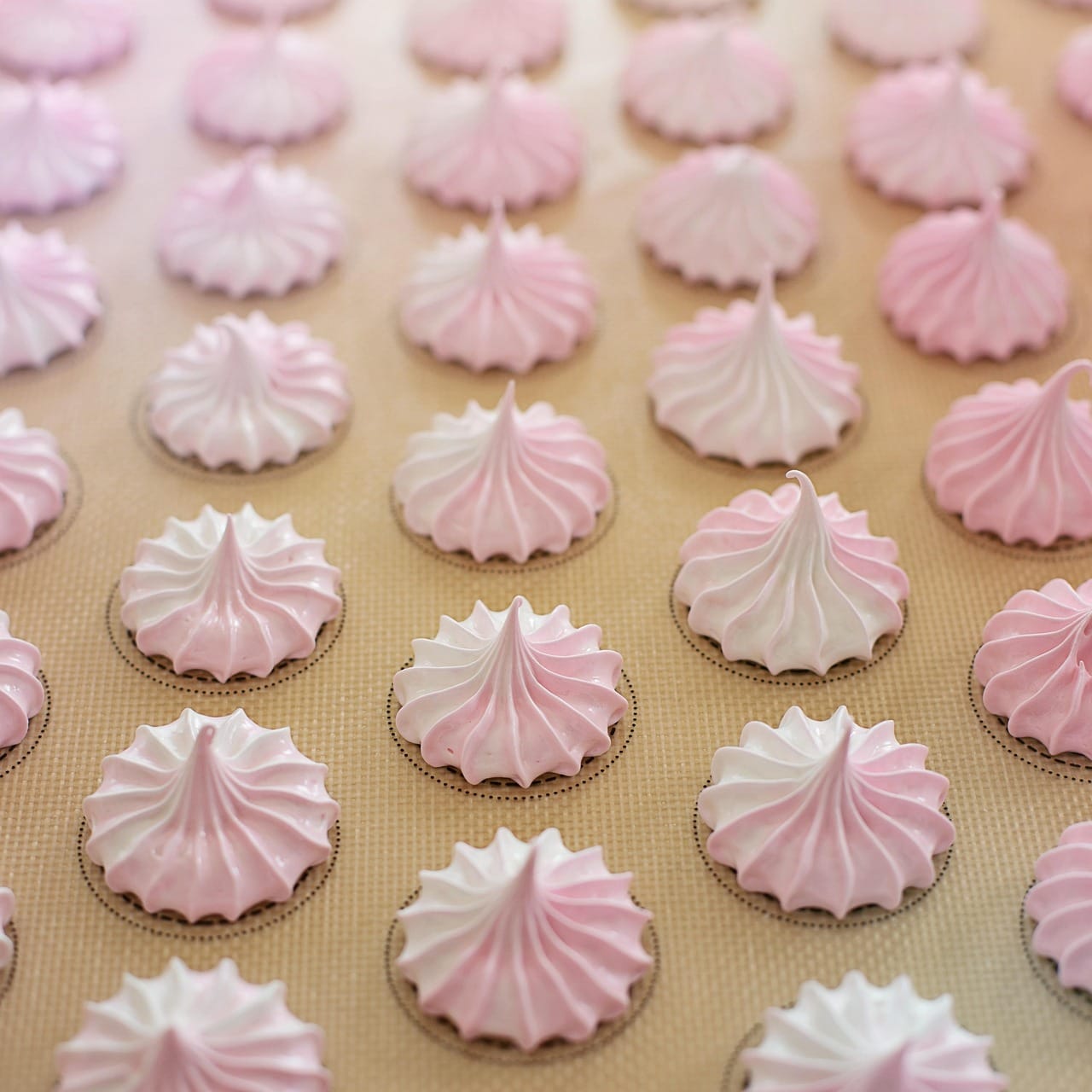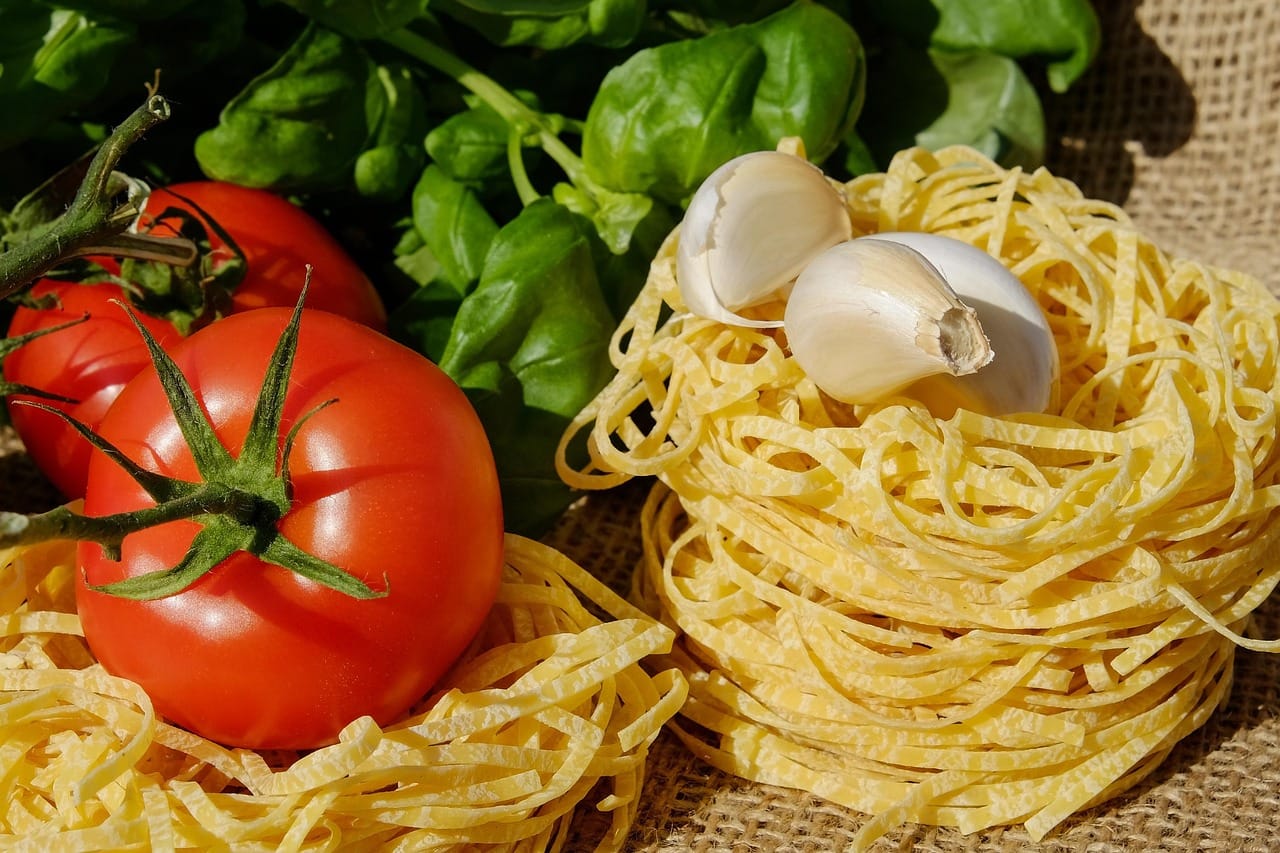That warm, buttery scent filling your kitchen, the sweet, crumbly topping begging to be devoured, and the satisfyingly moist cake beneath – that’s the magic of coffee cake. More than just a breakfast treat, coffee cake is a versatile delight perfect for brunch, dessert, or a midday pick-me-up. But what is coffee cake, and how can you make the best version possible? Let’s dive into the wonderful world of this beloved baked good.
What is Coffee Cake?
Defining Coffee Cake
Coffee cake, despite its name, doesn’t typically contain coffee. Instead, it’s a sweet cake designed to be enjoyed with coffee or tea. It’s characterized by its moist texture, often enhanced by sour cream or yogurt, and its signature crumb topping. Think of it as the perfect complement to your morning brew.
Regional Variations
While the basic premise remains consistent, coffee cake variations exist across different regions and cultures.
- Streusel Topping: The most common type, featuring a buttery, crumbly topping made from flour, sugar, and butter, sometimes with nuts or spices.
- Cinnamon Swirl: A layer of cinnamon sugar is swirled throughout the cake batter, adding an extra layer of flavor and visual appeal.
- Fruit Filling: Berries, apples, or other fruits can be incorporated into the batter or as a layer within the cake. German coffee cake frequently incorporates fruit.
- Sour Cream Coffee Cake: Sour cream is added to the batter for extra moistness and a tangy flavor.
A Brief History
The origins of coffee cake can be traced back to Germany, where it was often referred to as “Streuselkuchen.” German immigrants brought their baking traditions to America, and coffee cake quickly became a popular choice for breakfast and gatherings. The convenience of a simple recipe, coupled with its satisfying sweetness, ensured its enduring popularity.
Key Ingredients for the Perfect Coffee Cake
Flour Power
- All-Purpose Flour: This is the workhorse of most coffee cake recipes. It provides the structure and texture needed for a tender crumb. Using a kitchen scale for precise measurements is ideal for consistency.
- Cake Flour (Optional): For an even more delicate texture, you can substitute some of the all-purpose flour with cake flour. Cake flour has a lower protein content, resulting in a lighter crumb.
Sweet Sensations
- Granulated Sugar: Used in both the cake batter and the crumb topping, providing sweetness and contributing to browning.
- Brown Sugar: Often added to the crumb topping for a richer, molasses-like flavor. Light or dark brown sugar can be used, depending on your preference.
The Binding Agents
- Eggs: Provide structure, richness, and moisture. Use room temperature eggs for better emulsification.
- Butter: Contributes flavor, richness, and tenderness. Cold butter, cut into small pieces, is crucial for creating a crumbly streusel topping.
- Baking Powder & Baking Soda: Leavening agents that help the cake rise. Baking soda needs an acidic ingredient (like sour cream or buttermilk) to activate, while baking powder is a complete leavening agent.
The Secret Weapons
- Sour Cream or Yogurt: Adds moisture and a tangy flavor that balances the sweetness. Full-fat options will result in a richer cake.
- Vanilla Extract: Enhances the other flavors and adds a subtle warmth.
- Spices (Cinnamon, Nutmeg): These warm spices complement the sweetness and add depth of flavor.
Mastering the Crumb Topping
The Foundation: Flour, Sugar, and Butter
The classic streusel topping relies on a simple combination of flour, sugar, and cold butter. The key is to use cold butter. Cut the butter into small cubes and work it into the flour and sugar mixture using a pastry blender, a fork, or your fingertips until it resembles coarse crumbs. Avoid overmixing, which will result in a tough topping.
Flavor Enhancements
- Nuts: Chopped pecans, walnuts, or almonds add texture and a nutty flavor.
- Spices: Cinnamon, nutmeg, or even cardamom can be added to the crumb topping for extra warmth and complexity.
- Oats: Rolled oats provide a chewy texture and a slightly nutty flavor.
Practical Tips
- Keep it Cold: As mentioned before, cold butter is crucial. You can even chill the dry ingredients and butter before mixing.
- Texture Matters: The goal is a crumbly, not pasty, texture. If the topping seems too wet, add a little more flour. If it’s too dry, add a tiny bit of melted butter.
- Even Distribution: Ensure the crumb topping is evenly distributed over the cake batter for a consistent texture in every bite.
Baking Techniques for a Perfect Coffee Cake
Pan Preparation
- Greasing and Flouring: Generously grease and flour your baking pan to prevent the cake from sticking. Alternatively, use baking spray with flour.
- Pan Size: A 9×13 inch pan is common, but you can also use a 9-inch square pan or a springform pan. Adjust baking time accordingly.
- Parchment Paper (Optional): Lining the bottom of the pan with parchment paper ensures easy removal of the cake.
Mixing the Batter
- Creaming Butter and Sugar: Properly creaming the butter and sugar is essential for a light and airy cake. Beat them together until light and fluffy.
- Adding Eggs Gradually: Add the eggs one at a time, mixing well after each addition. This helps to emulsify the mixture and prevent curdling.
- Alternating Dry and Wet Ingredients: Gradually add the dry ingredients to the wet ingredients, alternating with the sour cream or yogurt. This prevents overmixing, which can lead to a tough cake.
Baking Time and Temperature
- Oven Temperature: Bake at 350°F (175°C) for optimal results.
- Doneness Test: Insert a toothpick into the center of the cake. If it comes out clean or with a few moist crumbs, the cake is done.
- Cooling Time: Allow the cake to cool in the pan for 10-15 minutes before inverting it onto a wire rack to cool completely.
Troubleshooting Common Coffee Cake Issues
Dry Cake
- Cause: Overbaking, using too much flour, not enough fat, or an inaccurate oven temperature.
- Solution: Use an oven thermometer to ensure accurate temperature, measure ingredients precisely, and avoid overbaking. Consider adding more sour cream or yogurt to the batter for extra moisture.
Soggy Crumb Topping
- Cause: Too much butter in the topping, or not enough flour.
- Solution: Adjust the ratio of butter to flour in the topping, using slightly less butter. Ensure the topping is evenly distributed and not too thick.
Sunken Cake
- Cause: Overmixing the batter, not enough leavening agent, or opening the oven door too early during baking.
- Solution: Avoid overmixing the batter, especially after adding the flour. Make sure your baking powder or baking soda is fresh. Resist the urge to open the oven door until the cake is almost done.
Uneven Baking
- Cause: Hot spots in the oven, an unevenly filled pan, or improper mixing.
- Solution: Rotate the cake halfway through baking. Use an oven thermometer to identify hot spots. Ensure the batter is evenly distributed in the pan.
Conclusion
Coffee cake is a truly versatile and comforting treat, perfect for any occasion. By understanding the key ingredients, mastering the crumb topping, and employing proper baking techniques, you can consistently create a delicious and satisfying coffee cake that will impress your friends and family. So, grab your apron, preheat your oven, and get ready to bake a batch of pure happiness! Remember that the perfect coffee cake is a journey of experimentation, so don’t be afraid to tweak the recipe and find your own signature twist.




